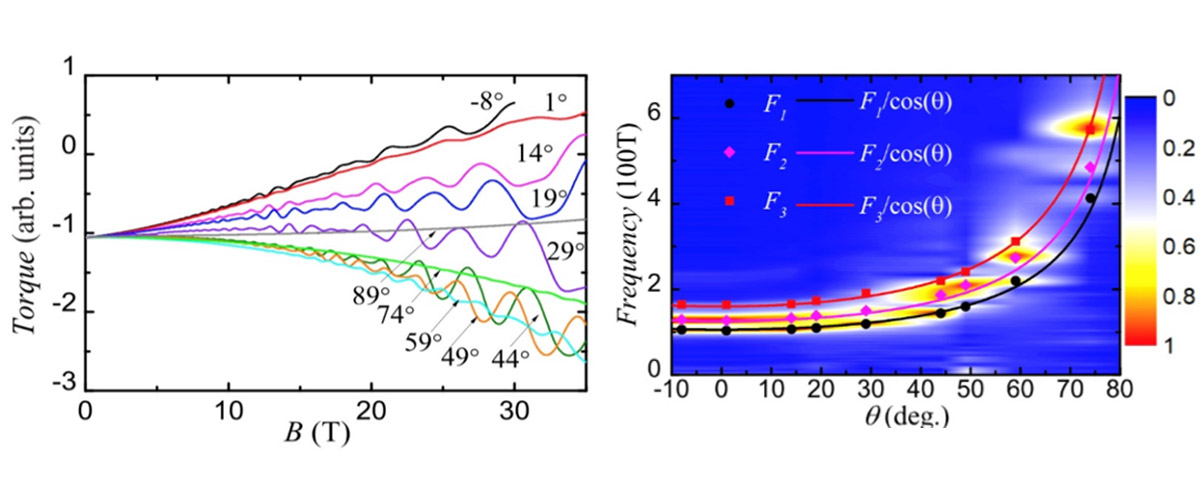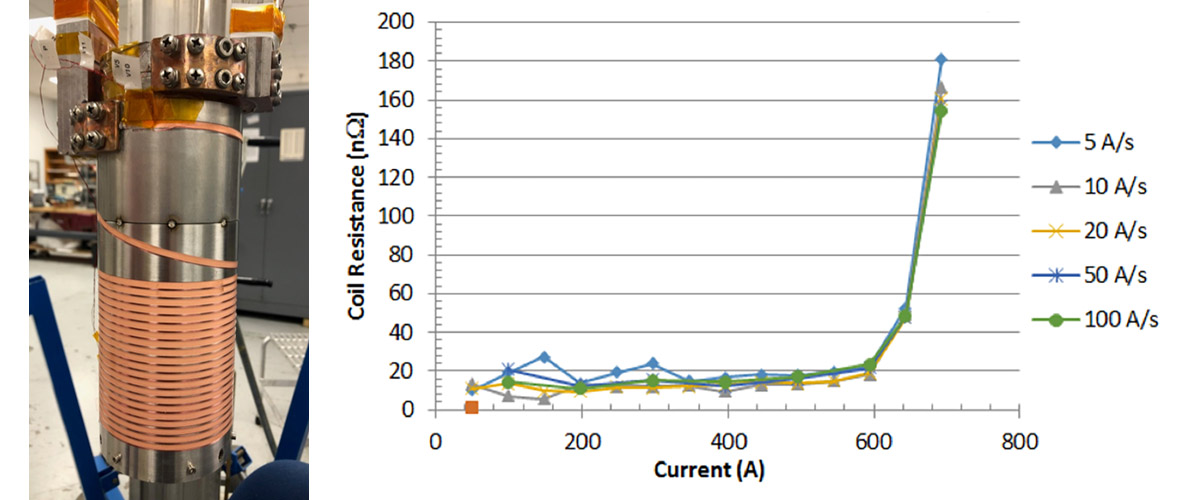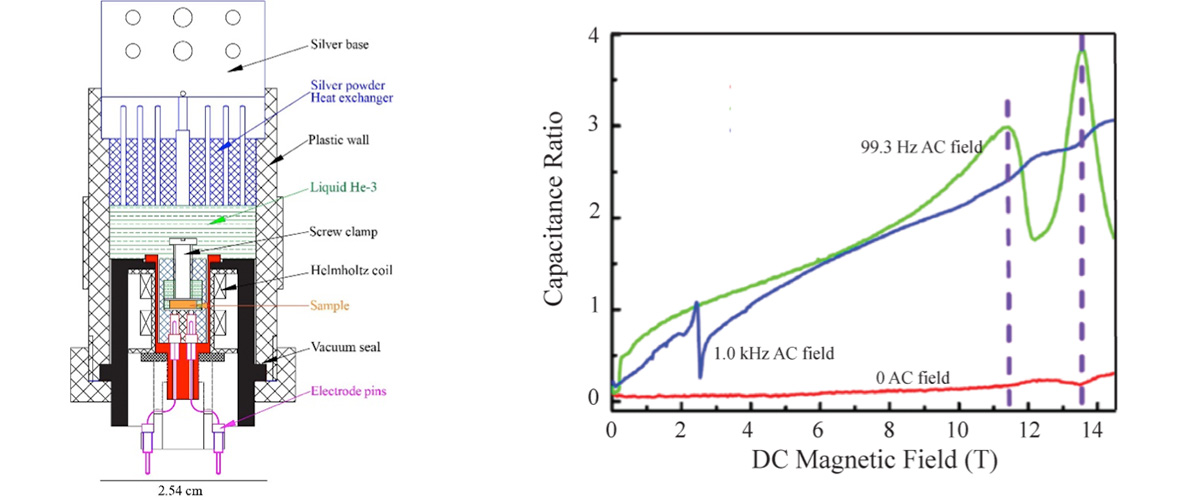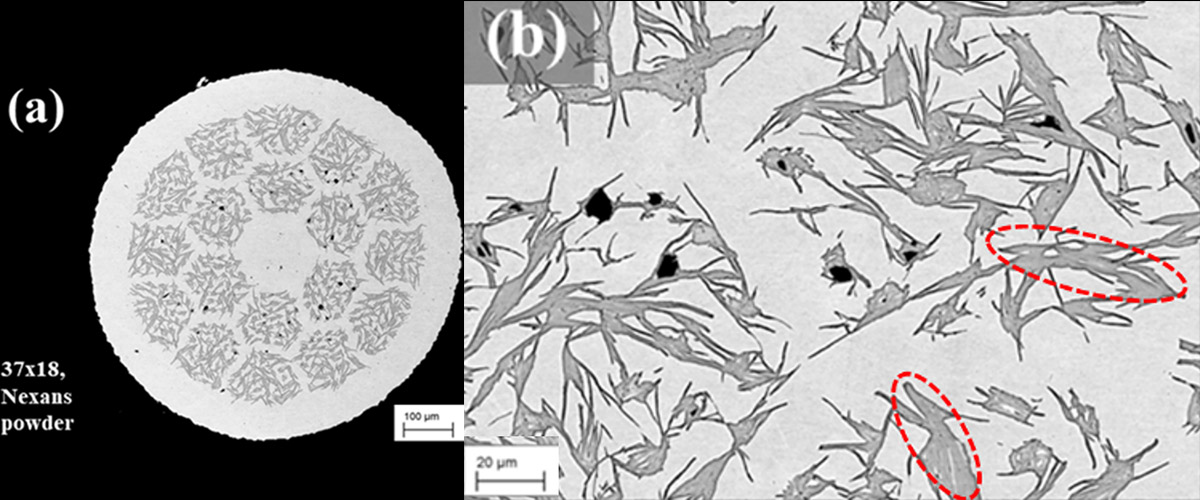What did scientists discover?
SrZnSb2 was found to be a topological semimetal by using high magnetic fields to measure the shape of the Fermi surface and the strength of interactions between the electrons
Why is this important?
Topological semimetals and other topological materials comprise an exciting new area of research in condensed matter physics because they host a variety of quantum mechanical states which are observable on a macroscopic scale and are stable to high temperatures. Topological materials may be the key to leveraging quantum mechanics to design new devices with exciting functionalities that work at room temperature.
Who did the research?
Liu, J.1, Liu, P.2, Gordon, K.3, Emmanouilidou1, E., Xing, J.1, Graf, D.4, Chakoumakos, B.5, Wu, Y. 5, Cao, H. 5, Dessau, D. 3, Liu, Q.2,6, Ni, N.1
1Univ. of California; 2Southern Univ. of Science and Tech., China; 3Univ. of Colorado, Boulder; 4National MagLab; 5Oak Ridge Nat'l Lab; 6Peng Cheng Laboratory, China
Why did they need the MagLab?
Measuring quantum oscillations allows scientists to measure how the electrons in a material interact with the crystalline structure and with each other. High magnetic fields are needed to fully explore the environment experienced by the conduction electrons in SrZnSb2. As shown in Fig. (a), the oscillatory component of the signal grows exponentially with the magnetic field. The information gleaned from these measurements provides important insights into the source of the unique physics present in topological materials.
Details for scientists
- View or download the expert-level Science Highlight, Exploring Topological Semimetals in High Magnetic Fields
- Read the full-length publication, Nontrivial topology in the layered Dirac nodal-line semimetal candidate SrZnSb2 with distorted Sb square nets, in Phys. Rev. B </ul
Funding
This research was funded by the following grants: G.S. Boebinger (NSF DMR-1644779); N. Ni (DOE DE-SC0011978)
For more information, contact Tim Murphy.






